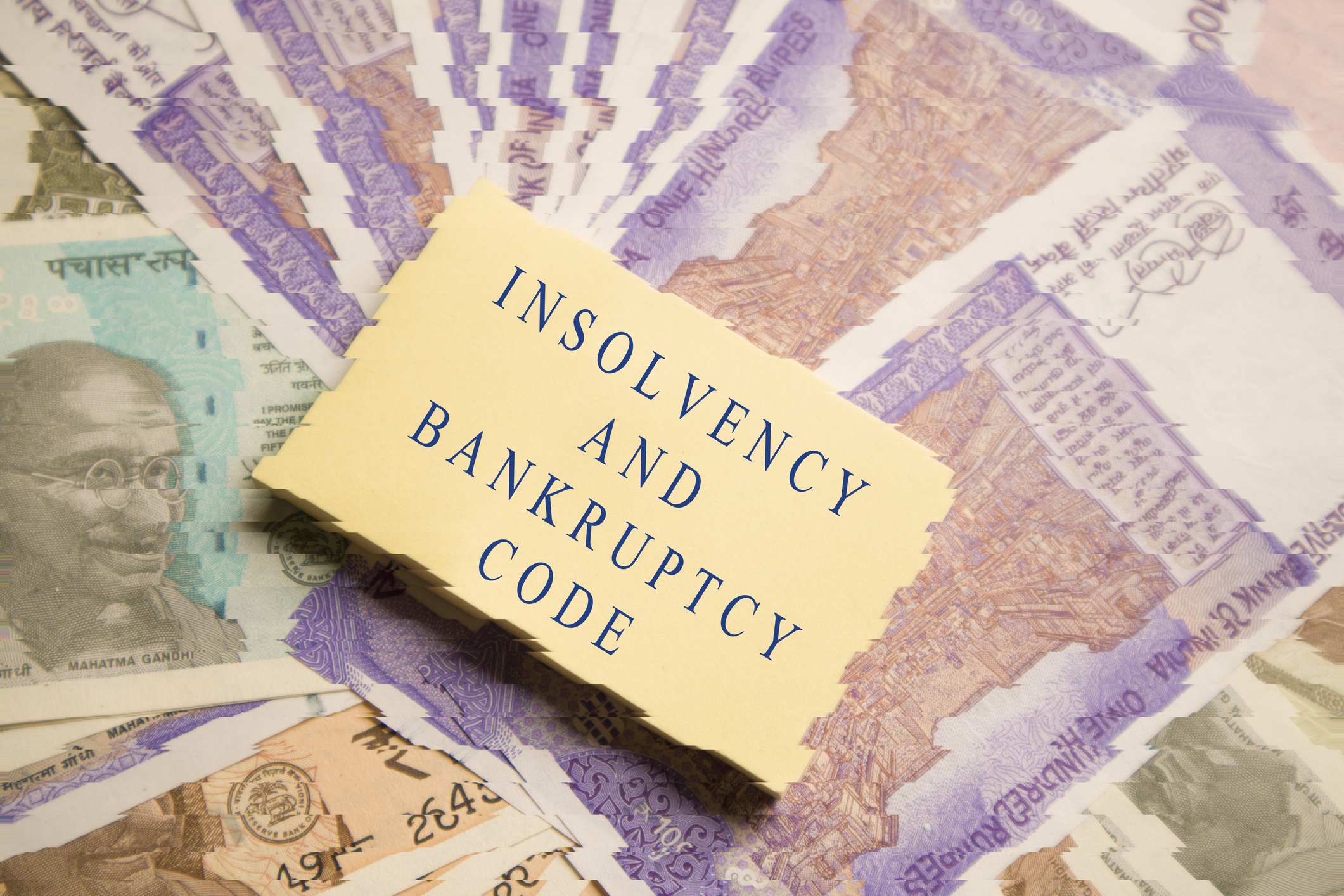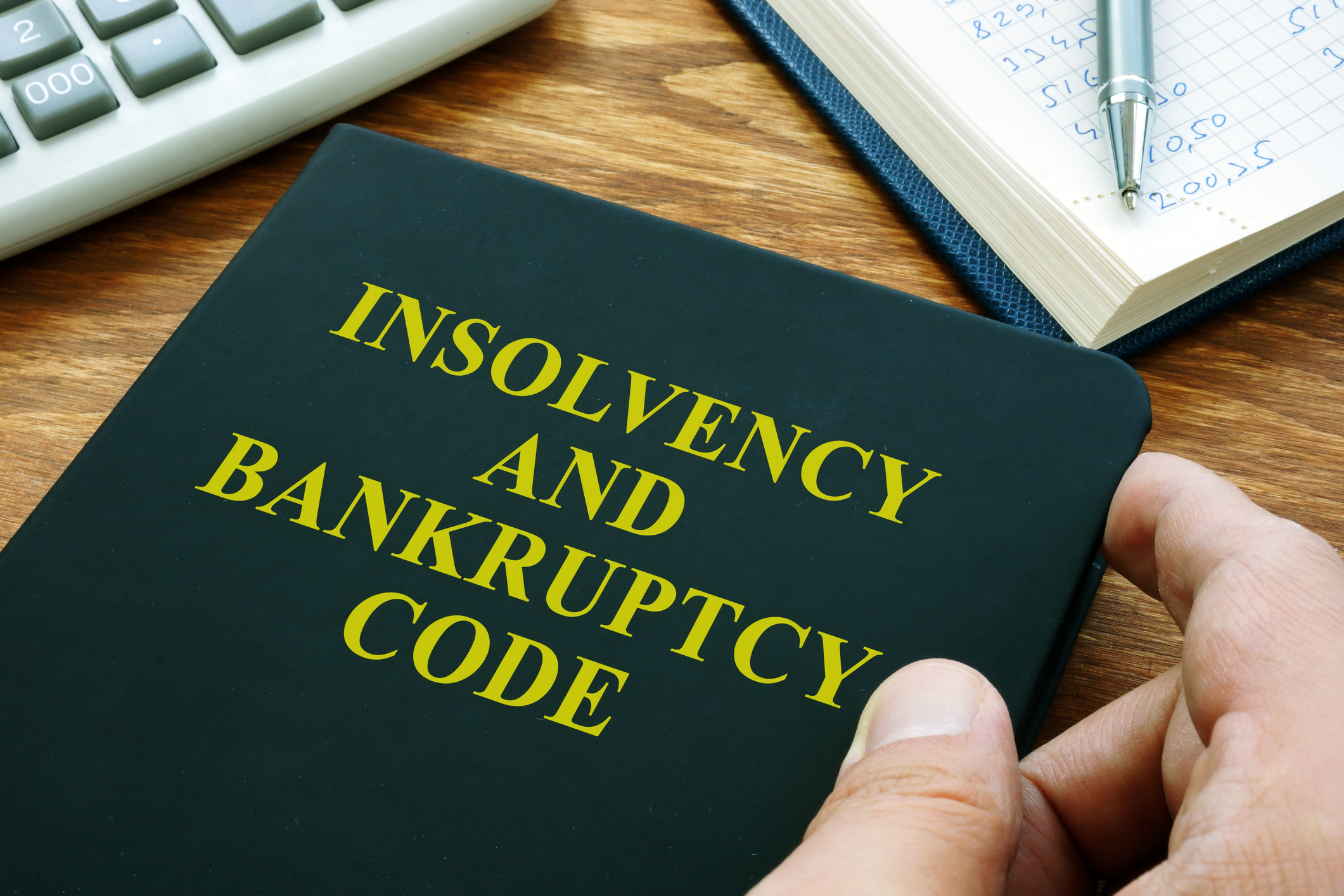How artificial intelligence can assist insolvency practitioners
Managing the intricacies of insolvency and bankruptcy cases in a densely populated and economically diverse country like India continues to pose formidable challenges. To effectively navigate these complexities and streamline the process, the use of Artificial Intelligence (“AI”) has emerged as a promising solution.








